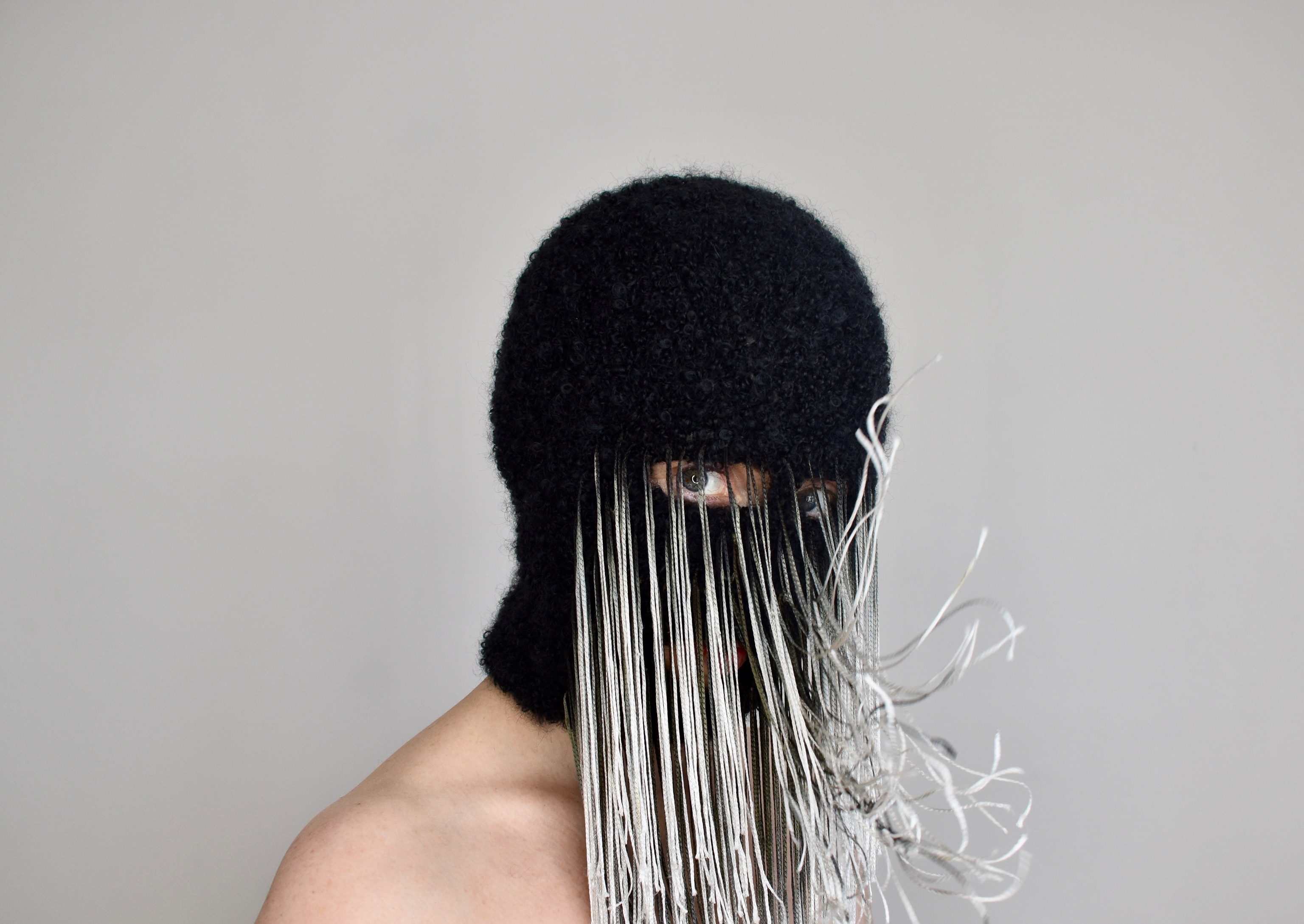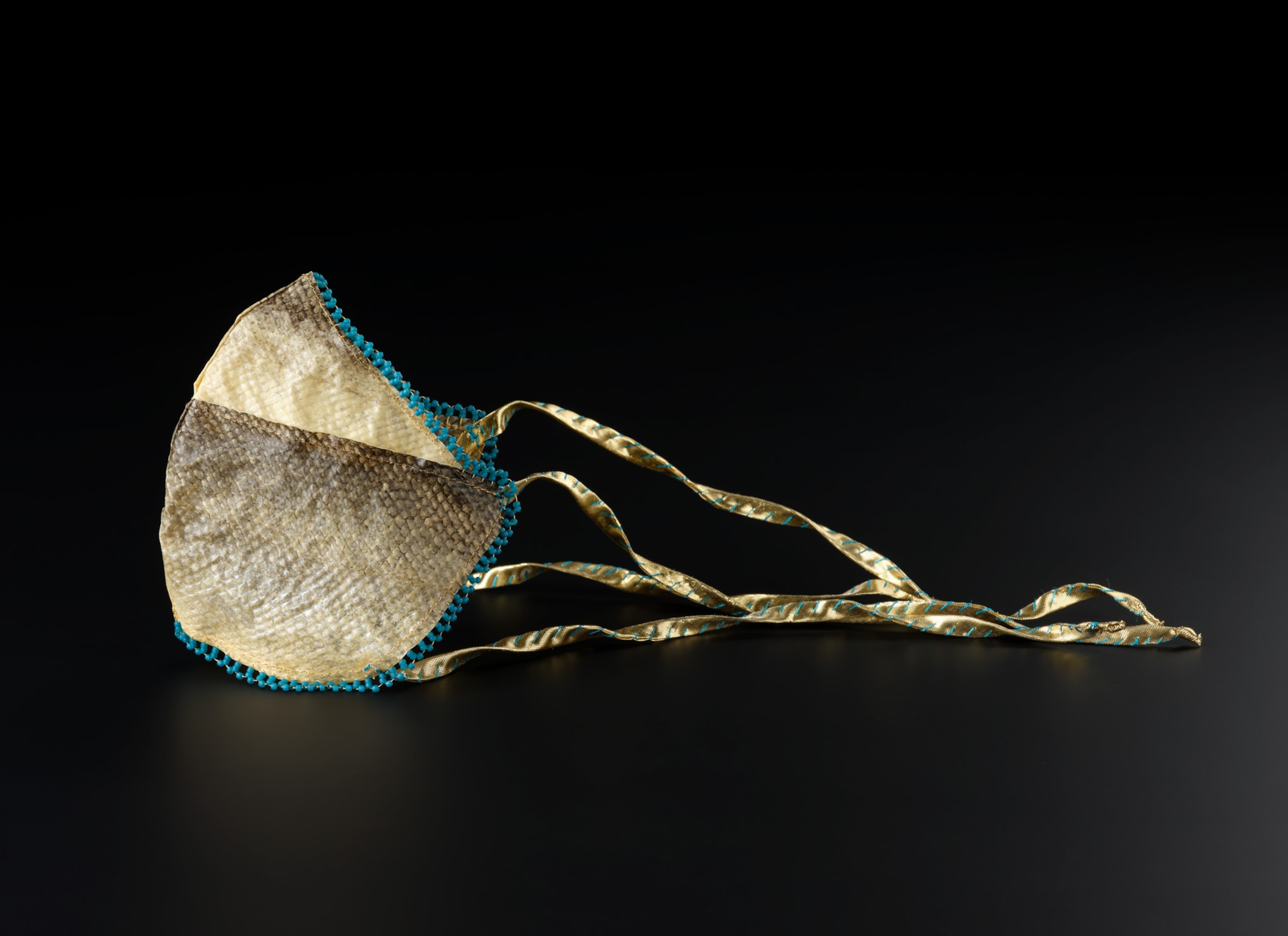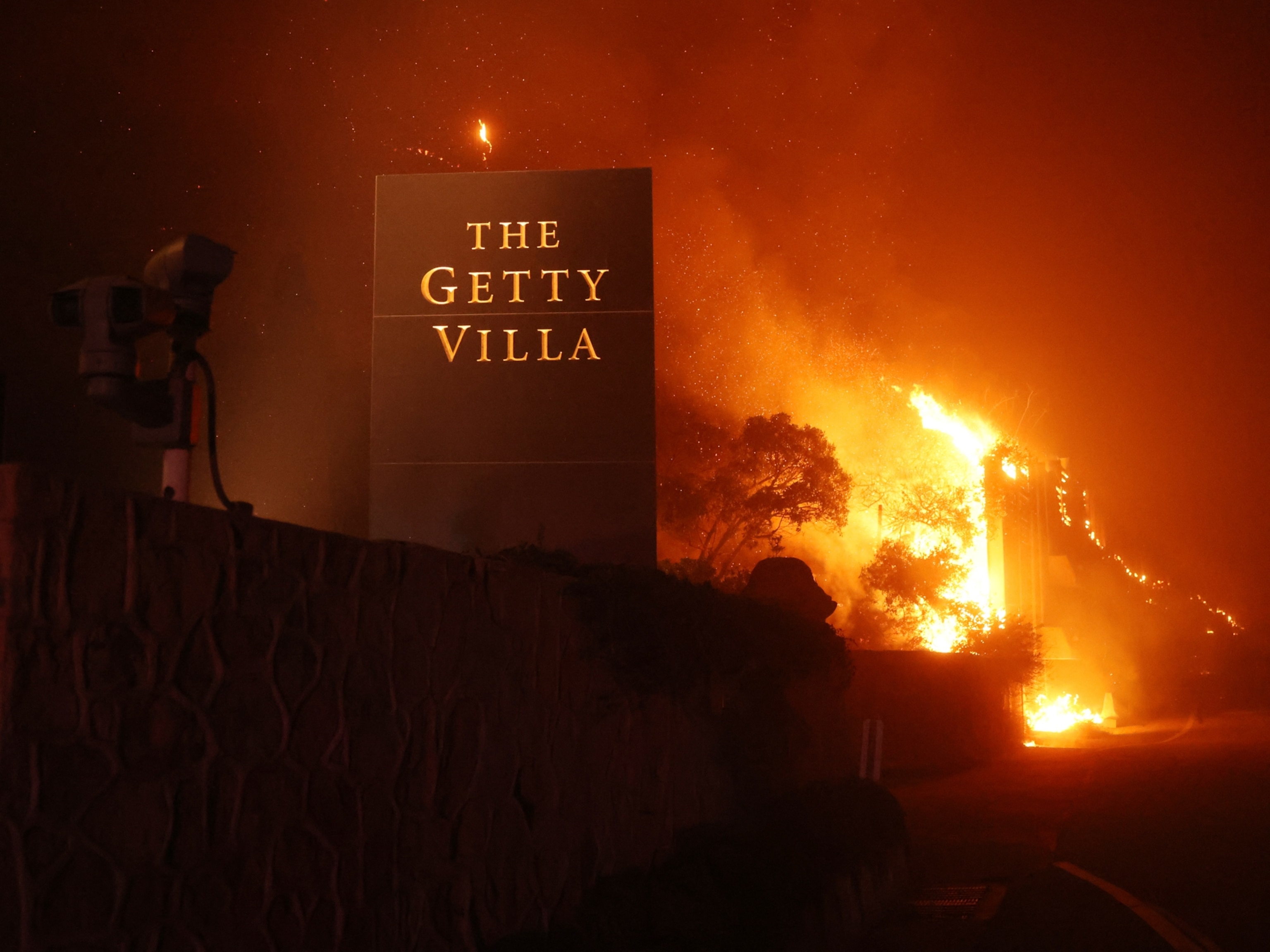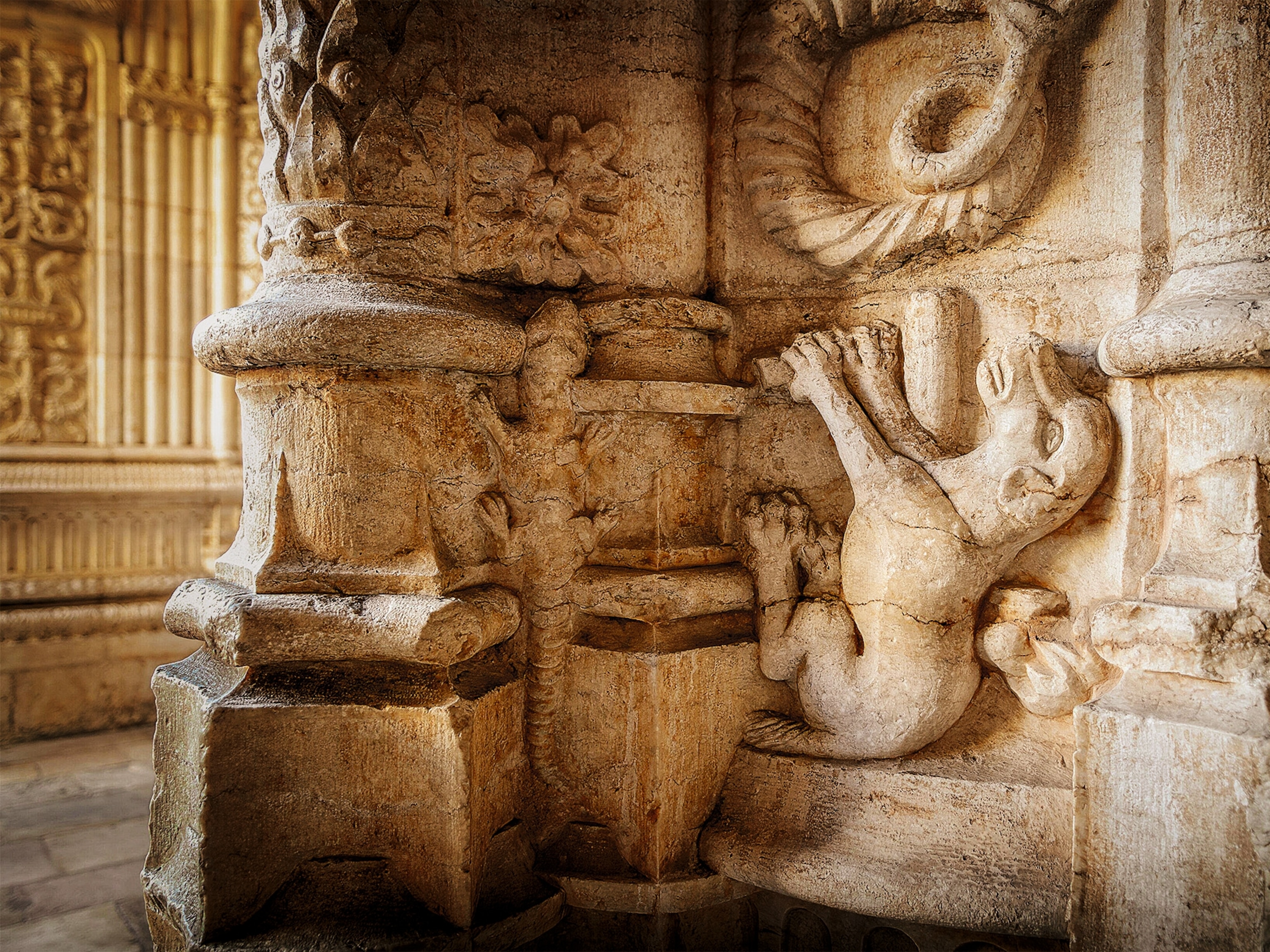These artists are reimagining the face mask. Here’s how.
With whimsy and an eye toward global culture, a virtual museum show recasts the grim pandemic icon as an artistic canvas.

The virulence of COVID-19 has made the mask literally the face of the pandemic. In response, museums all over the world have been collecting masks and other pandemic-related apparel, showing them in virtual and actual exhibits.
Perhaps the most ambitious is the globe-ranging online exhibition, Clothing the Pandemic, produced by the International Council of Museums’ (ICOM) Costume Committee. The committee includes museum professionals associated with the fashion arts.
Lead curators Fahmida Suleman, Sarah Fee, and Alexandra Palmer of the Royal Ontario Museum reached out to 15 institutions to virtually ‘borrow’ and show masks from around the world. “They’re just masks, one singular, small object that before the pandemic was part of the uniform worn by health professionals,” says Palmer. “Now they are part of our everyday apparel.”

Clothing the Pandemic incorporates the many facets of face masks in the Age of Corona, including masks as political messengers—like Black Lives Matter masks, and an anti-authority mask emblazoned with a raised middle finger by Chinese artist-activist Ai Weiwei.
The strongest statements are perhaps those reflecting cultural heritage, including a kente cloth mask from Ghana, Chhau dance masks from eastern India, and a salmon skin mask by Tlingit Athabascan artist Crystal Worl of Juneau, Alaska. As Worl writes in her blog, “Indigenous people...have been mask makers for centuries. Masks in Alaska were and still are created as a means to transfer cultural values and knowledge from one generation to the next.”
Yet there is room for the wry creation of Toronto designer Helene Clarkson: a happy hour mask with a concealed opening for a straw. Then there are , dare we say, breathtaking, beautiful objects like the “Butterfly People” mask by Indian designer Rahul Mishra, and the beaded mask by Métis artist Lisa Shepherd.

“I was so happy to find that so banal and despised an object could bring joy and hope,” says Corinne Thépaut-Cabasset, chair of the ICOM costume committee and a research associate at Versailles, who conceived the idea of the multi-museum exhibit.
Some masks resonated deeply with the curators themselves.
“I was born with asthma and for the first part of my life had to wear a respirator, a big plastic thing welded on my face,” says Sarah Rothwell, curator of modern and contemporary design at the National Museums, Scotland. “The idea that a mask would become part of my daily attire brought back traumatic childhood memories. I recalled how claustrophobic it made me feel.”
Rothwell’s acquisition for the museum, also in the ICOM show, is by an Irish visual artist who goes by the moniker threadstories. “I made the invisible visible,” the artist says of her mask titled “Breath,” a crocheted black balaclava reminiscent of an executioner’s hood. In her performance video, its silver tendrils eerily ripple when touched by her breath. We see apprehension in her eyes.

“Deep breaths,” the doctor says, pressing a stethoscope to your chest. “Stop and take a breath,” we tell a friend suffocated by anxiety. Barricaded behind a N95, we long for a “breath of fresh air” and “room to breathe.”
What you can’t see can hurt you. When breath, the essence of life, becomes the carrier of death, a mask becomes the paper-thin margin between life and death—but also the face of hope.





